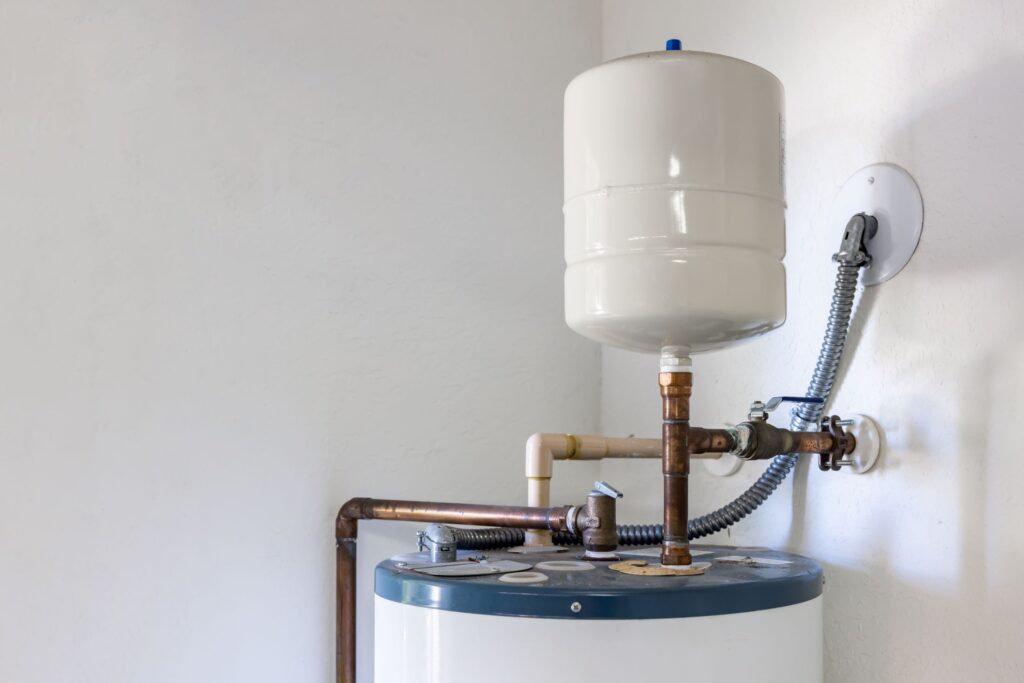Have you been hunting for information and facts around Water Heater Maintenance Tips You Can't Afford to Forget?

Hot water is necessary for daily comfort, whether it's for a revitalizing shower or washing dishes. To guarantee your warm water system runs effectively and lasts longer, normal maintenance is key. This post provides sensible pointers and insights on exactly how to maintain your home's warm water system to prevent disruptions and pricey repair work.
Intro
Preserving your home's hot water system could seem daunting, however with a few straightforward steps, you can ensure it runs efficiently for many years to come. This overview covers whatever from recognizing your hot water system to do it yourself upkeep tips and understanding when to call in expert aid.
Value of Maintaining Your Warm Water System
Regular upkeep not just expands the life expectancy of your warm water system however also guarantees it operates effectively. Neglecting upkeep can lead to reduced efficiency, greater power expenses, and also premature failing of the system.
Signs Your Hot Water System Needs Maintenance
Recognizing when your hot water system requires attention can stop major problems. Keep an eye out for indications such as irregular water temperature, odd sounds from the heater, or corroded water.
Understanding Your Hot Water System
Prior to diving into upkeep tasks, it's valuable to recognize the basic parts of your warm water system. Generally, this consists of the hot water heater itself, pipes, anode poles, and temperature level controls.
Monthly Upkeep Tasks
Normal regular monthly checks can aid catch minor problems prior to they rise.
Flushing the Water Heater
Purging your hot water heater removes sediment build-up, boosting efficiency and extending its life.
Monitoring and Changing Anode Rods
Anode rods avoid corrosion inside the tank. Checking and changing them when worn is vital.
Checking and Readjusting Temperature Settings
Changing the temperature level setups makes certain optimal performance and safety.
DIY Tips for Upkeep
You can do numerous maintenance jobs yourself to keep your hot water system in top condition.
Checking for Leakages
On a regular basis evaluate pipelines and connections for leaks, as these can lead to water damage and higher bills.
Testing Pressure Relief Valves
Testing the pressure relief valve ensures it works properly and avoids extreme pressure accumulation.
Protecting Pipelines
Shielding warm water pipelines minimizes warm loss and can save energy.
When to Call a Professional
While do it yourself upkeep is beneficial, some concerns call for specialist experience.
Facility Problems Needing Professional Help
Examples consist of significant leakages, electric issues, or if your water heater is constantly underperforming.
Routine Specialist Maintenance Advantages
Expert upkeep can consist of complete evaluations, tune-ups, and guaranteeing compliance with safety standards.
Conclusion
Regular maintenance of your home's hot water system is essential for efficiency, durability, and expense financial savings. By adhering to these pointers and recognizing when to look for specialist aid, you can make sure a trustworthy supply of warm water without unforeseen interruptions.
Water Heater Maintenance Tips
Test the TPR Valve
Shut off the power and the cold-water supply valve. Place a bucket under the pipe connected to the temperature-pressure-release (TPR) valve on the top or side of the tank. (This valve opens if the tank pressure gets too high.) Lift the valve’s tab to let some water out, then let go. If water keeps flowing, drain the tank partway, unscrew the old valve with a pipe wrench, and install a new one. Check the Anode Rod
Put a hose to the tank’s drain cock and let out a few gallons of water. Now fit a 1 1/16-inch socket onto the rod’s hex head on top of the heater (or under its top plate) and unscrew the rod. If it’s less than ½ inch thick or coated with calcium, buy a new one, wrap its threads with Teflon tape, put it back in the tank, and tighten securely. Use this segmented rod if headroom above the tank is limited. Drain the Tank and Wash Out Sediment
Drain the remaining water in the tank into the bucket, then stir up the sediment on the tank’s bottom by briefly opening the cold-water supply valve. Drain and repeat until clean water comes out of the hose. Close the drain cock, refill the tank, and turn its power back on. Adjust the Temperature
Find the temperature dial on the side of the tank and unscrew its cover. Adjust the dial to 120 degrees using a flathead screwdriver. For every 10 degrees the temperature is lowered, you can expect to save up to 5 percent in energy costs. Turn the water heater off or the thermostat down to its lowest setting if you plan to be away from home for more than three days. Insulate the Pipes
Buy some self-sticking 3/8-inch-thick foam pipe insulation that matches the pipes’ diameter. Slide the foam over the hot-and cold-water pipes as far as you can reach. Insulating the cold-water pipe prevents condensation in summer. Peel the tape and squeeze the insulation closed. If the pipe is 6 inches or less from the flue, cover it with 1-inch-thick unfaced fiberglass pipe wrap. https://www.thisoldhouse.com/plumbing/21016402/how-to-maintain-a-water-heater

Hopefully you enjoyed our part on Water Heater Maintenance Tips You Can't Afford to Forget. Thanks a lot for spending some time to read through our article. Sharing is good. Who knows, you may just be doing someone a favor. I cherish reading our article about Tips For Maintaining Your Hot Water Heater.
Visit Our Site